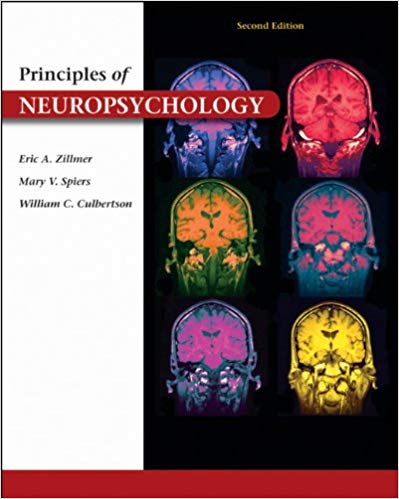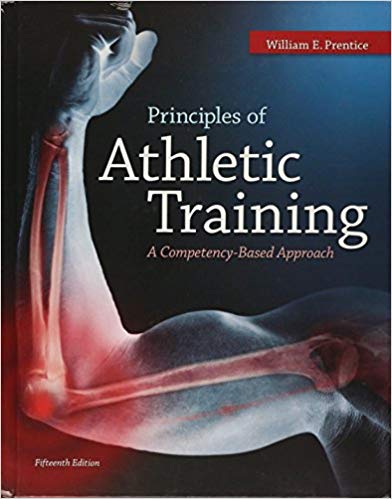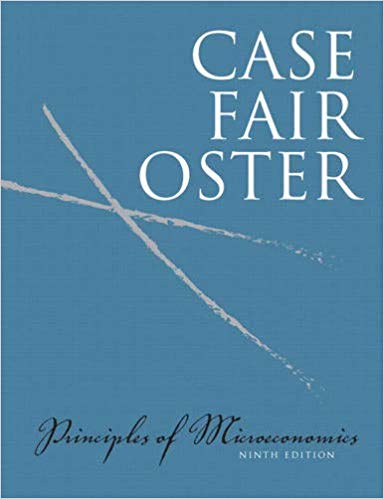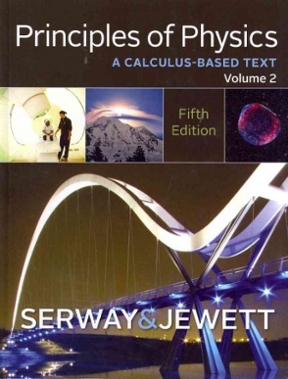Principles of Neuropsychology 2nd Edition By Eric A. Zillmer – Test Bank
Chapter 5–Functional Neuroanatomy
Student: ___________________________________________________________________________
1. The neural tube forms with the rising, folding, and fusing of ____________________ tissue.
________________________________________
2. The ____________________ of the brain arise(s) from the cavity of the neural tube.
________________________________________
3. ____________________ is the process of forming and closing of the neural tube.
________________________________________
4. ____________________ involves the elimination of dendrites and neurons.
________________________________________
5. ____________________ refers to the development of the cortex.
________________________________________
6. In the sagittal plane, the brain is viewed from ____________________.
________________________________________
7. The peripheral nervous system consists of the somatic nervous system and the ____________________ nervous system.
________________________________________
8. The three meninges of the brain are the pia mater, dura mater, and ____________________.
________________________________________
9. ____________________ is a term for brain matter below the cortex.
________________________________________
10. The ____________________ are cauliflower-like projections that serve as pathways for the re-entry of CSF into the blood stream.
________________________________________
11. The two vertebral arteries join together at the brainstem to form the ____________________ artery.
________________________________________
12. The clinical signs of ____________________ include walking difficulties and postural imbalance, dementia and urinary incontinence.
________________________________________
13. Ten of the twelve cranial nerves originate in the ____________________.
________________________________________
14. The reticular activating system constitutes Unit ____________________ of Luria’s conceptualization of the brain.
________________________________________
15. Damage to the basal ganglia can impair cognitive functions often associated with the frontal lobes.
True False
16. The spider-web-like meninge that contains the cerebrospinal fluid is the arachnoid membrane.
True False
17. The hypothalamus is involved in the regulation of endocrine activity of the pituitary gland.
True False
18. The parasympathetic division of the autonomic nervous system prepares the body to respond to a stressful event.
True False
19. The somatic nervous system is comprised of the sympathetic and parasympathetic nervous systems.
True False
20. The basal ganglia is considered to be part of the pyramidal motor system.
True False
21. A central function of the inferior colliculi is the automatic orientation to sound.
True False
22. Antipsychotic medications are NOT associated with the development of tardive dyskinesia.
True False
23. The de-myelination of the brain’s white matter is termed decussation.
True False
24. The reticular activating system is the starting point for the brain’s analysis of information.
True False
25. The cerebellum is involved in the support of motor and cognitive functions.
True False














Reviews
There are no reviews yet.